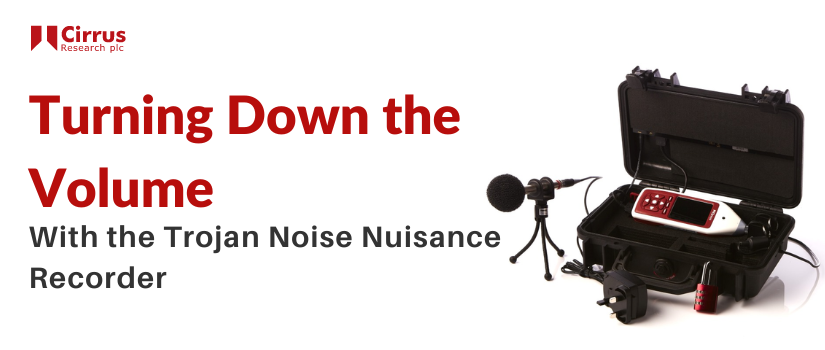There are over an estimated 9 million hard of hearing individuals in the UK (source: Action On Hearing Loss (RNID), 2005 survey). The overwhelming reasons for hearing loss are listed as being age-related and noise-related, very much in-line with other Western world countries. The big difference is that while age-related hearing loss is a natural process that we can do little about, the same cannot be said for noise-induced hearing loss.
Why Does Noise-Induced Hearing Loss Happen

A critical part of the inner ear is the cochlea which houses thousands of tiny hair cells, responsible for sending signals via the nerve fibres for the brain to interpret as sound. Prolonged exposure to high-volume noise can cause these hair cells to die, resulting in hearing loss. Once the hair cells are damaged, any resultant hearing loss will be permanent as these hair cells are unable to regenerate. When talking about noise-induced hearing loss, two main factors contribute to the level of hearing loss:
- The level of noise measured in decibels
- How long the exposure to the noise lasted
It is never too late to try to prevent hearing loss due to noise exposure. At the work place, areas that have sounds exceeding 85dB (decibels) will need to be the target of noise reduction controls.
Preventing Noise-Induced Hearing Loss
Reducing and preventing hearing loss caused by exposure to noise at the workplace was introduced as a government target in 1989 under the “Work Regulations act of 1989”. New legislation introduced in 2005 and enforced from 2006 placed yet more emphasis on preventing hearing loss in the UK’s industry. It clearly states that employers have a duty to prevent or reduce risks to employees from exposure to high levels of noise at work.
Reducing the possibility of hearing loss from noise requires a combination of steps rather than one simple solution. These include pre-emptive steps in the form of noise level assessments using commercially available sound level meters and other instruments, introducing clear guidelines and safety procedures, giving employees access to regular hearing tests, as well as investigating whether quieter machinery could be used. A significant step following an assessment of the noise level is making wearing hearing protection mandatory. The most common forms being earplugs and earmuffs.
Earplugs: These normally carry an upper ceiling decibel reduction of 20dB to 28dB. They are available as disposable or custom made.
Earmuffs: These normally carry a higher upper ceiling decibel reduction than earplugs depending on their standard. Earmuffs could be used together with earplugs thereby extending the upper ceiling decibel reduction.
When wearing any type of hearing protection, some level of sound should be allowed to pass through. Complete sound isolation in some settings may lead to other health and safety hazards.
Noise-induced hearing loss is preventable. Exposure to harmful noise can cause irreversible damage to an individual’s hearing. The solution is often a combination of steps starting with measuring the level of sound and aided by the use of hearing protection.
Article written Joan McKechnie BSc Hons Audiology & Speech Pathology. Joan works for Hearing Direct.
About Hearing Direct:


